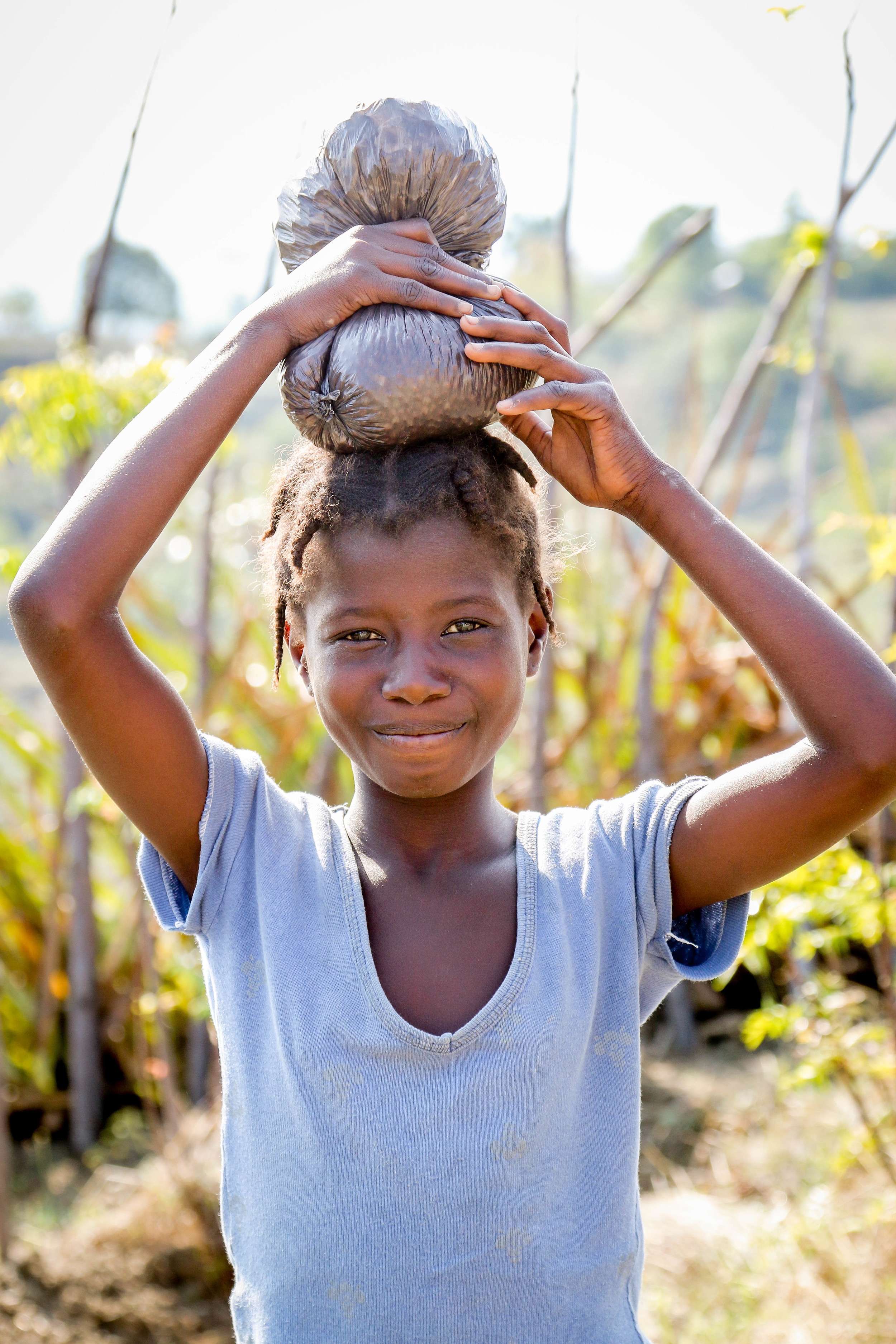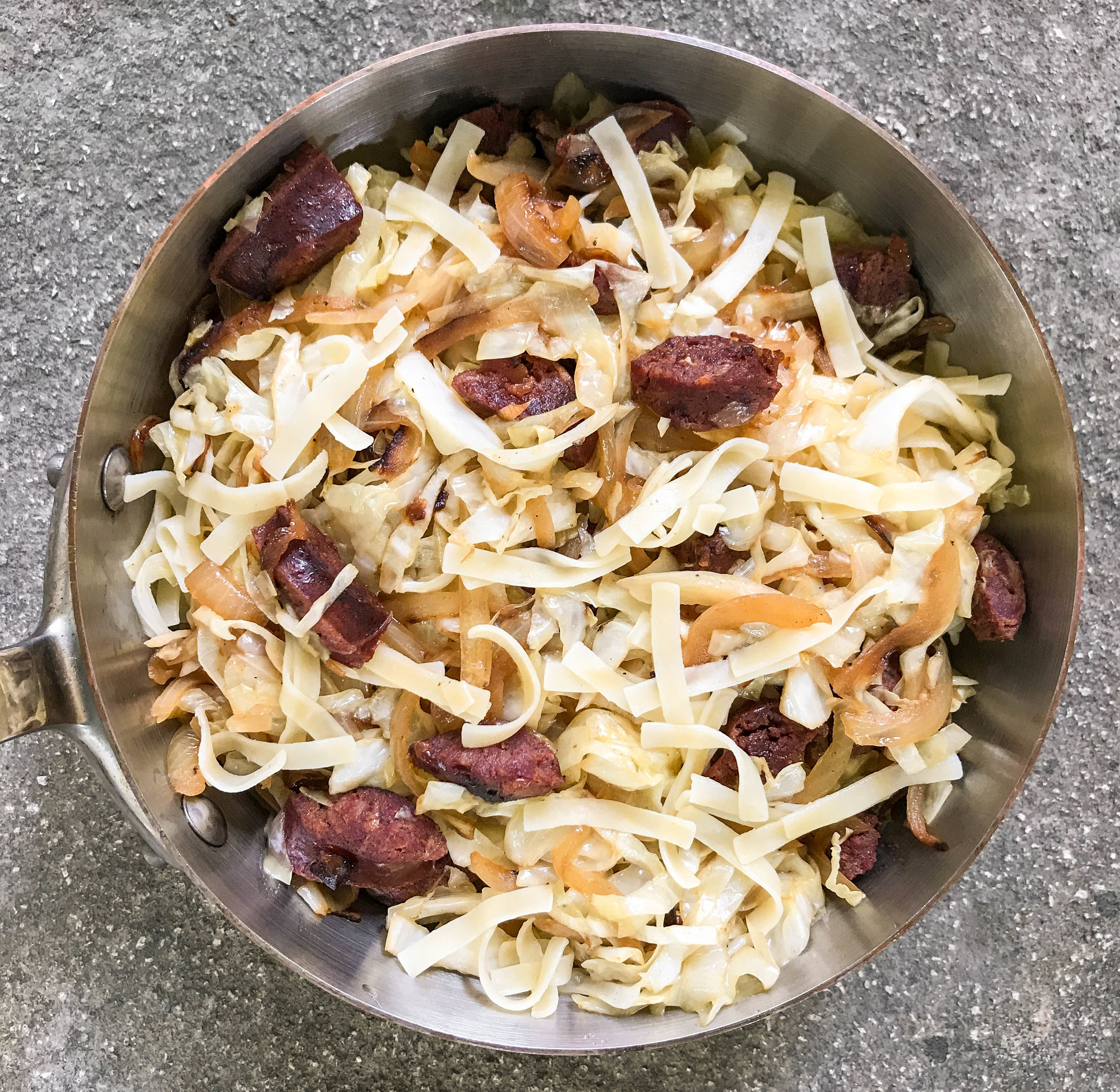Saving the Harvest
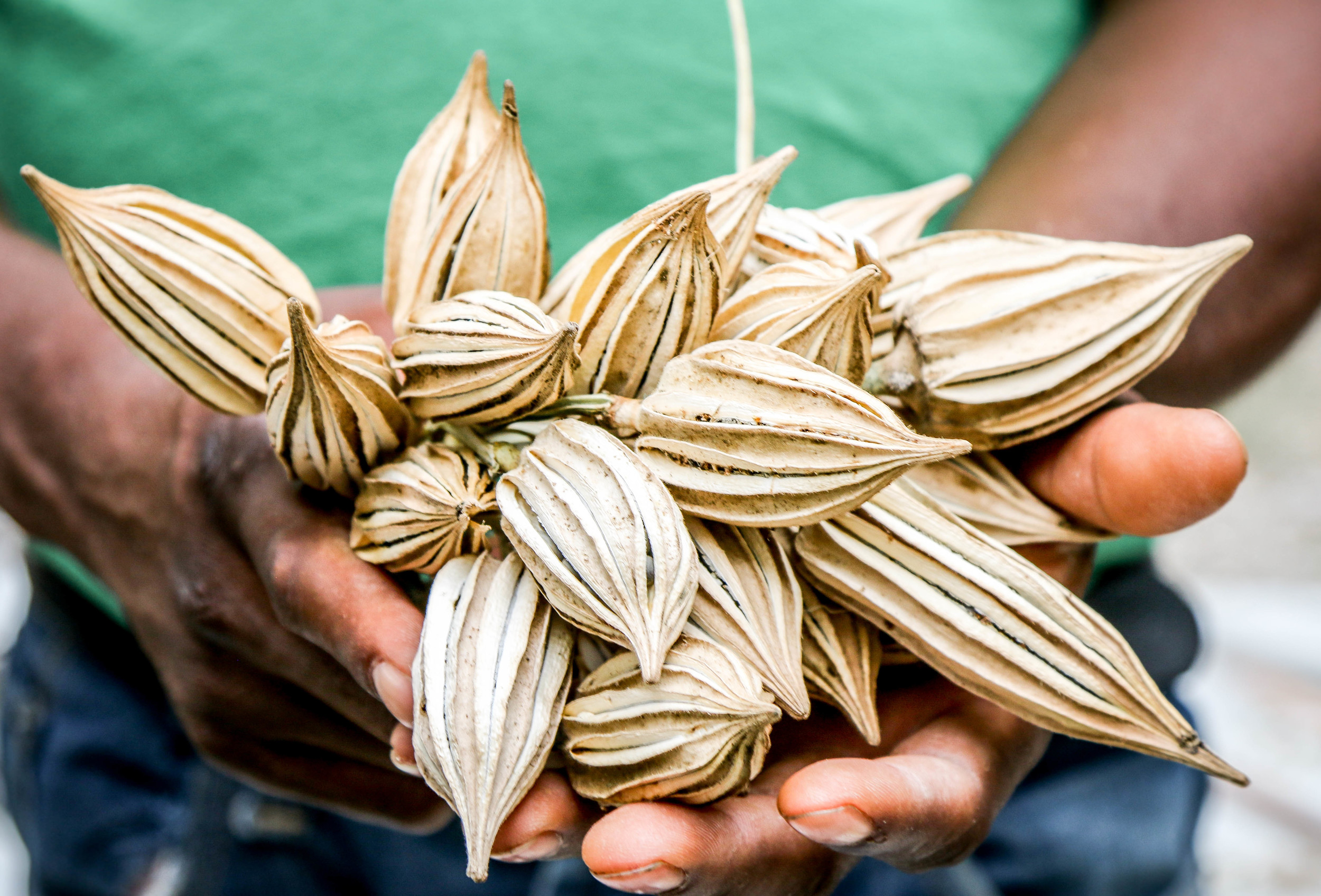
Okra seeds, dried and stored from last year's harvest. The seeds were produced (and held in this picture) by Jean Veny Normil.
I have always found seeds kind of amazing. I remember the first time my dad explained to me that these beans we were about to cook could just as easily be planted. Whenever possible, I have planted edible gardens, from using bay trees as decoration in my office, to clandestinely planting cabbages in our front flower garden in Pittsburgh. One of the first things we did in our new home here in Port-au-Prince was to plant every square inch of soil with thyme, parsley, cilantro, rosemary, dill, basil, chives, garlic, oregano, tomatoes, greens, cucumbers, lettuce, okra, and squash. But to be honest, I’d always just bought seeds and never thought too much about the time and steps involved between harvesting seeds from one crop, and planting them for the next. This week, while visiting a project in the rural community of Kabay, Haiti, I got a first hand look at the impact seed storage has on farmers and their families.
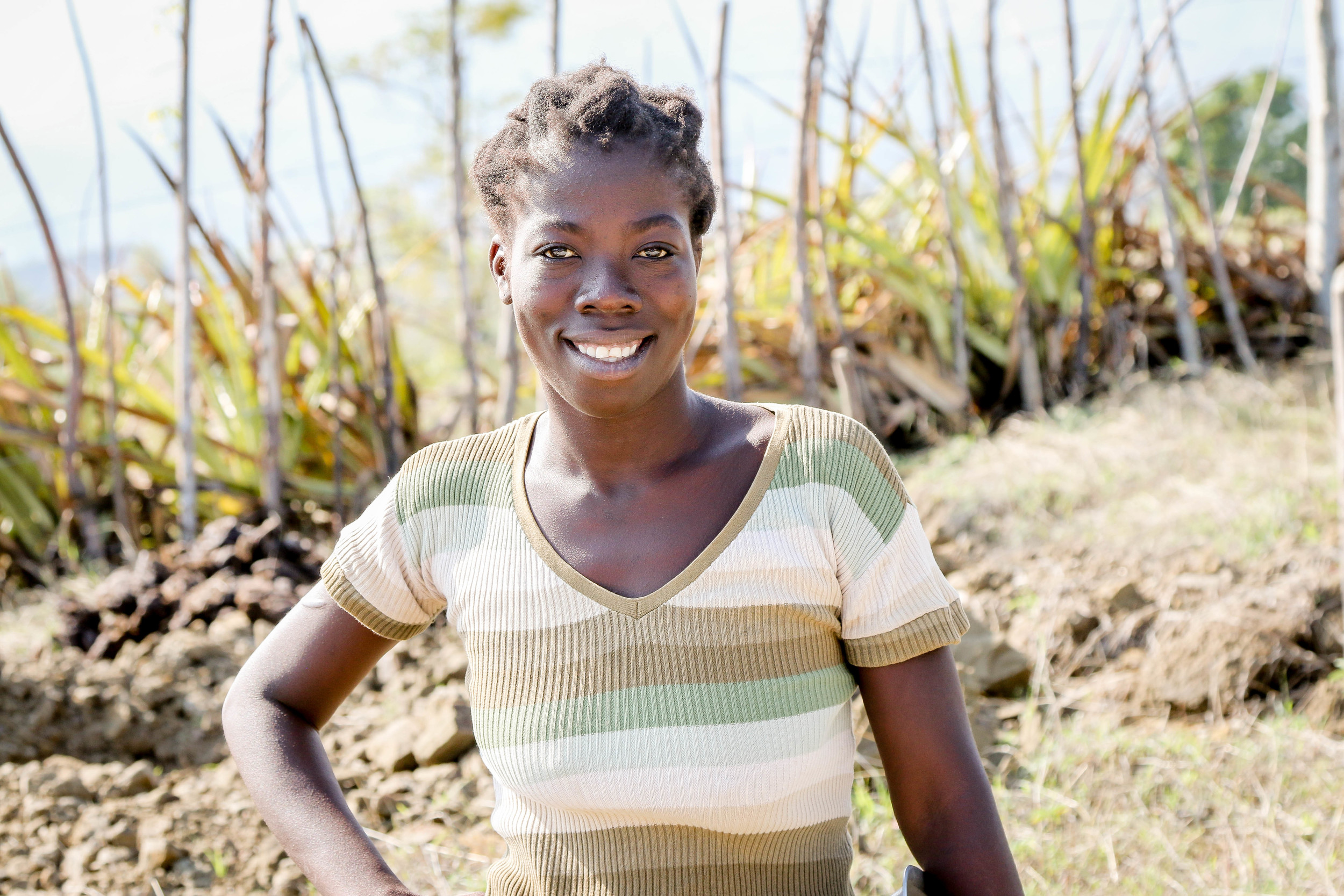
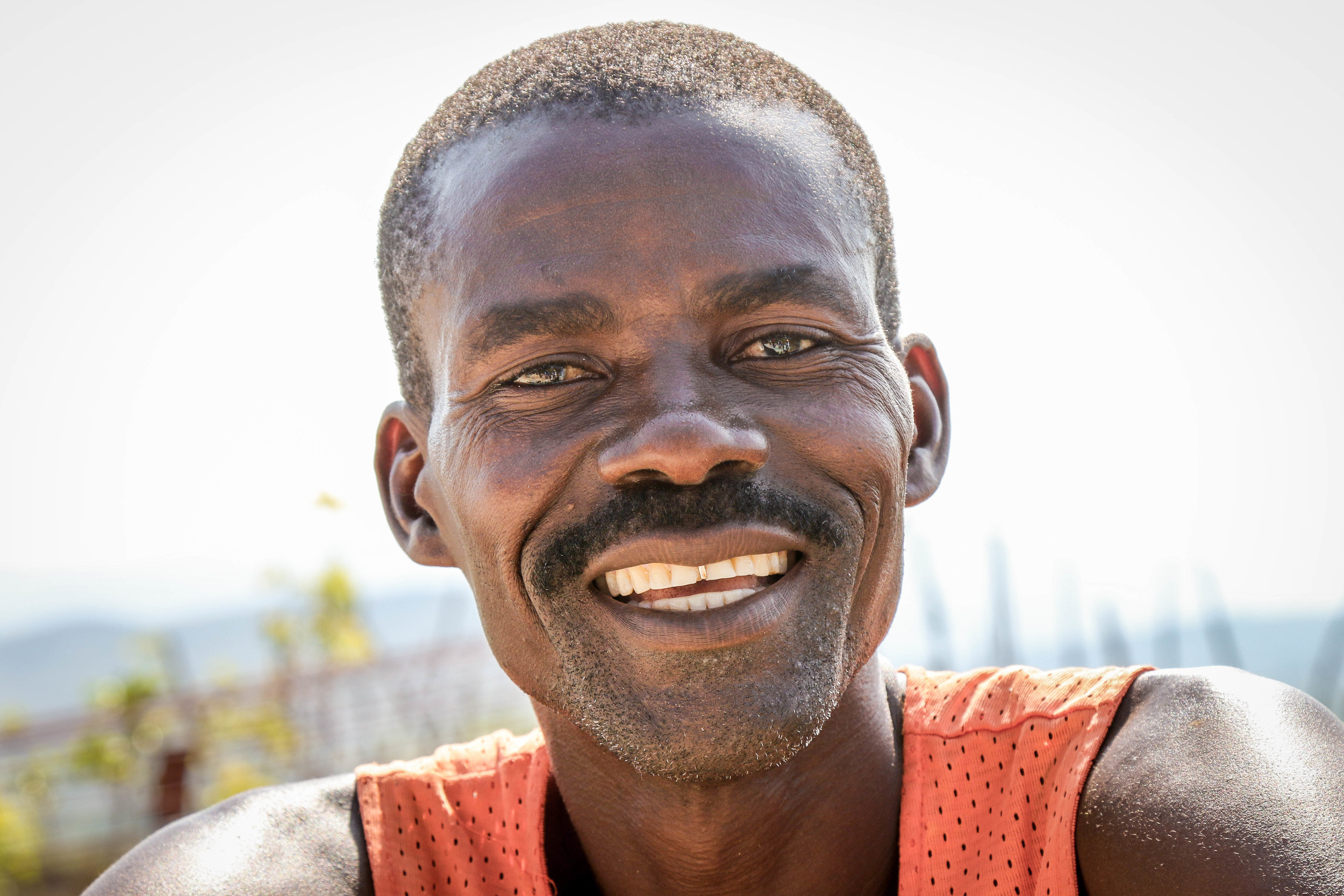
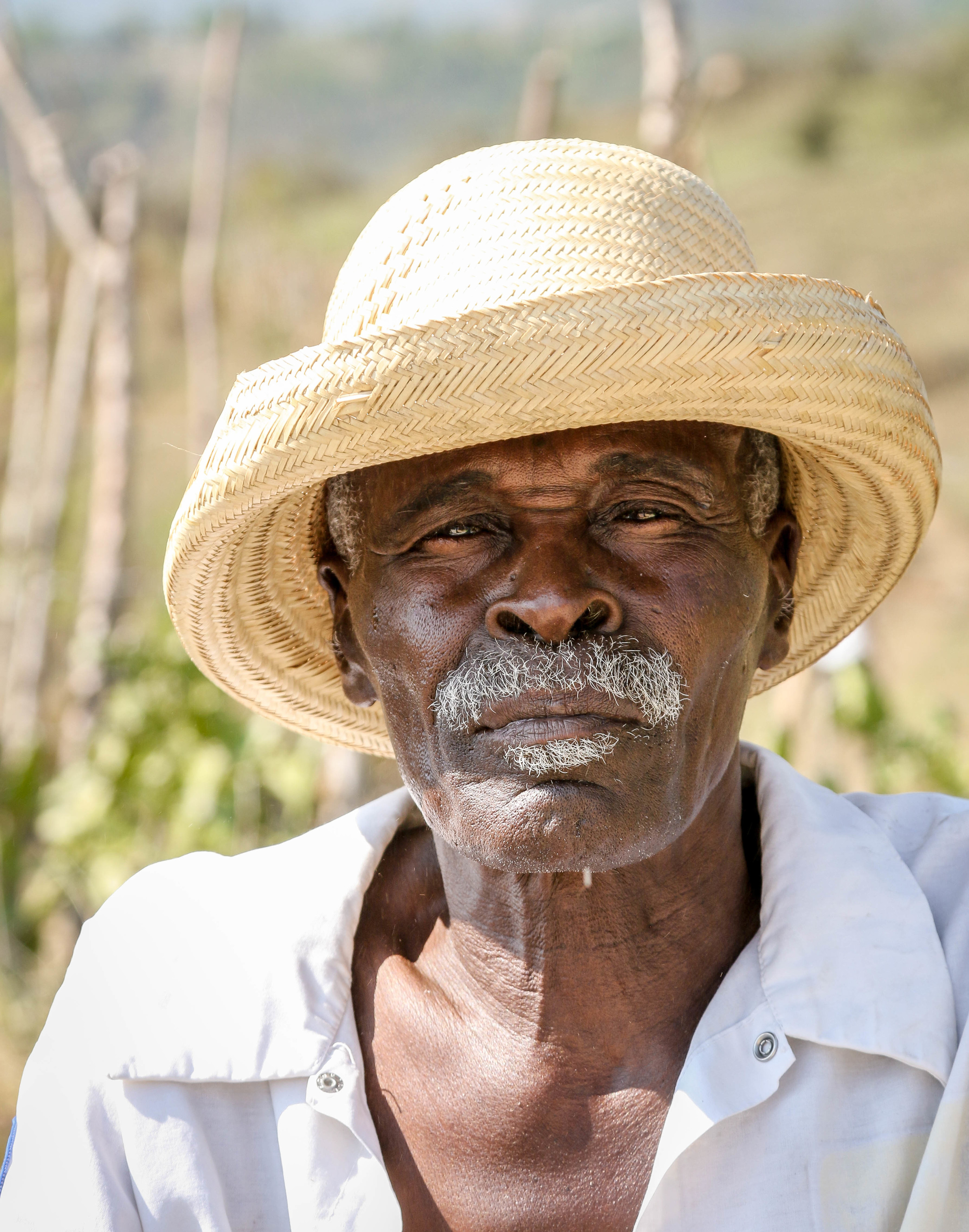
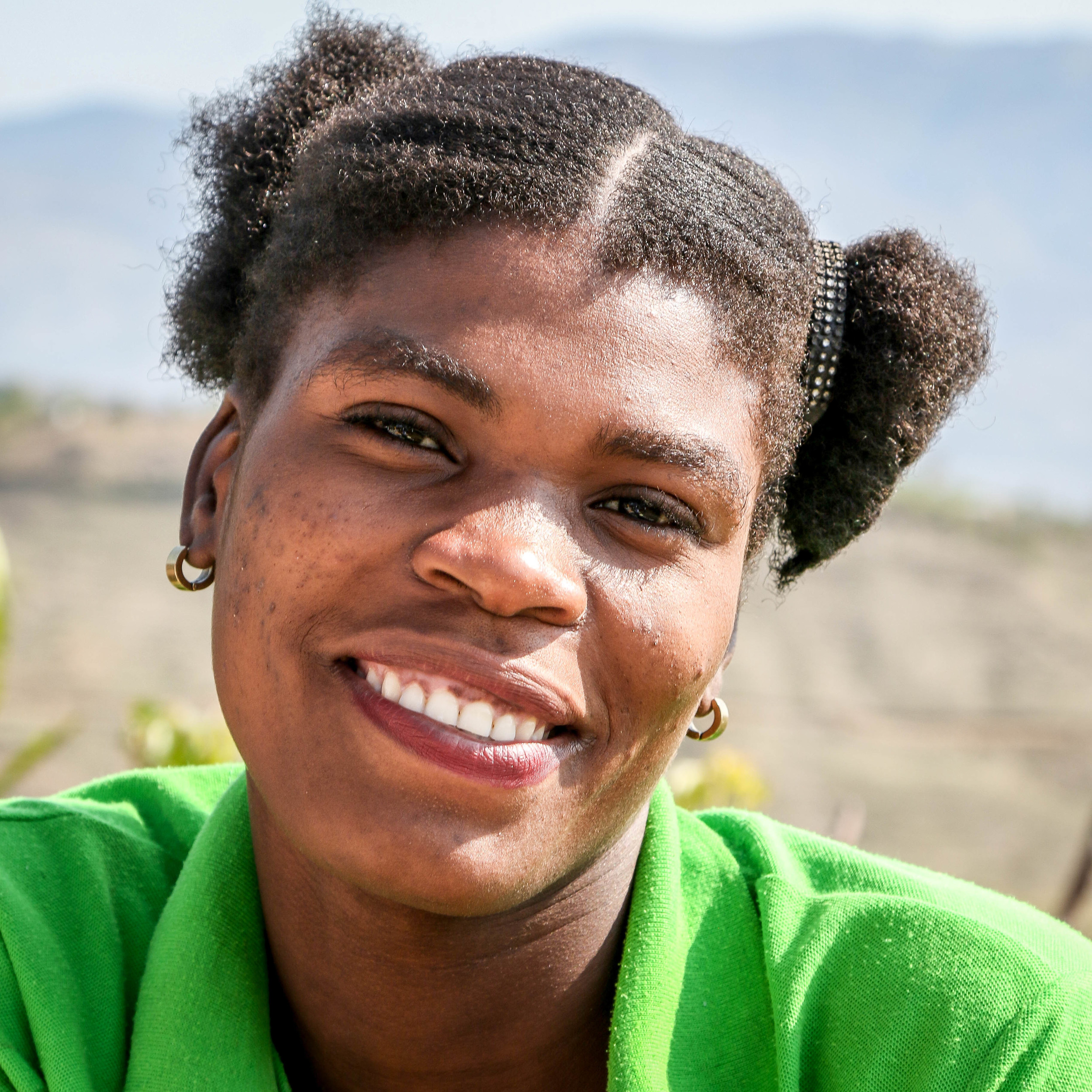
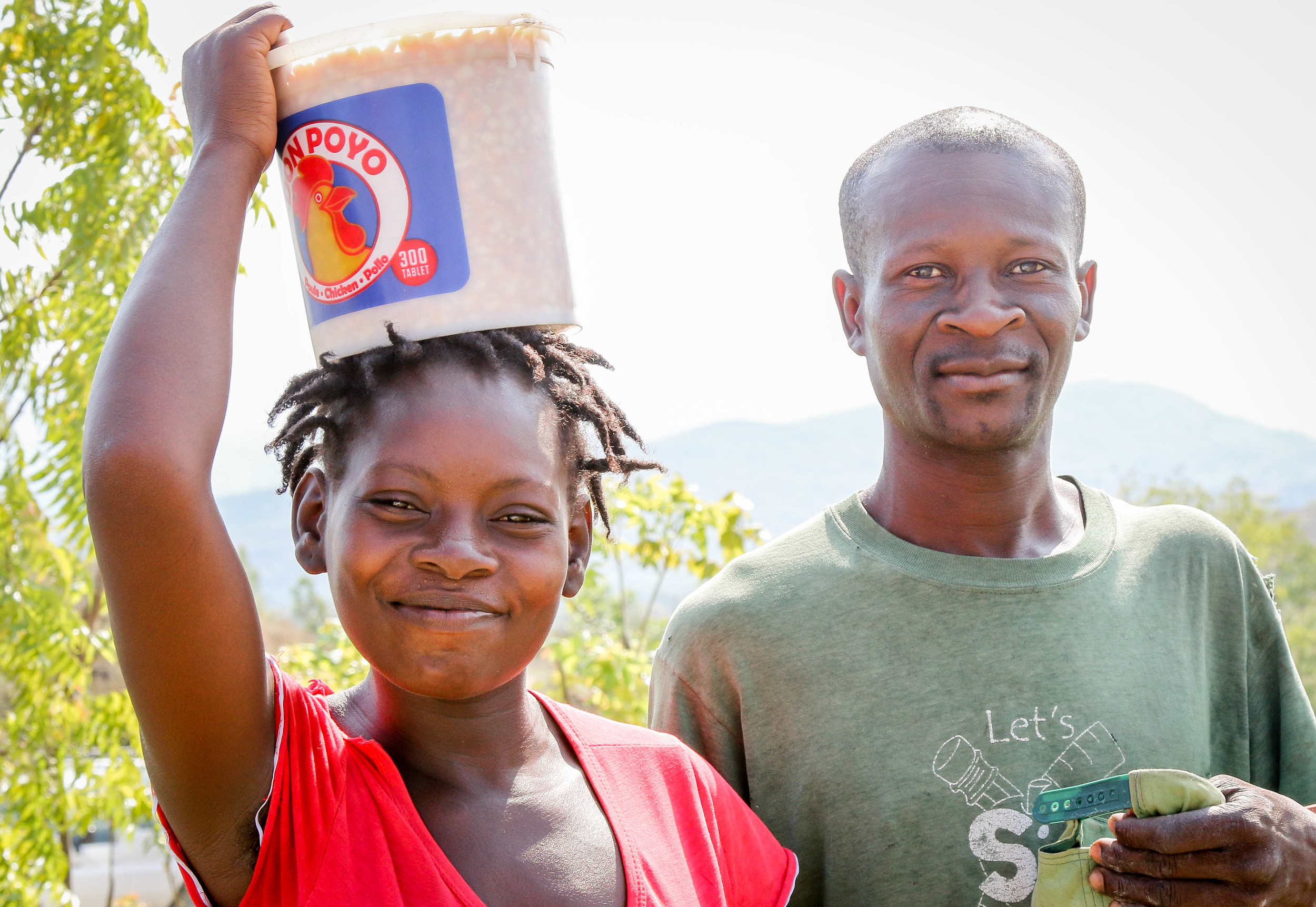
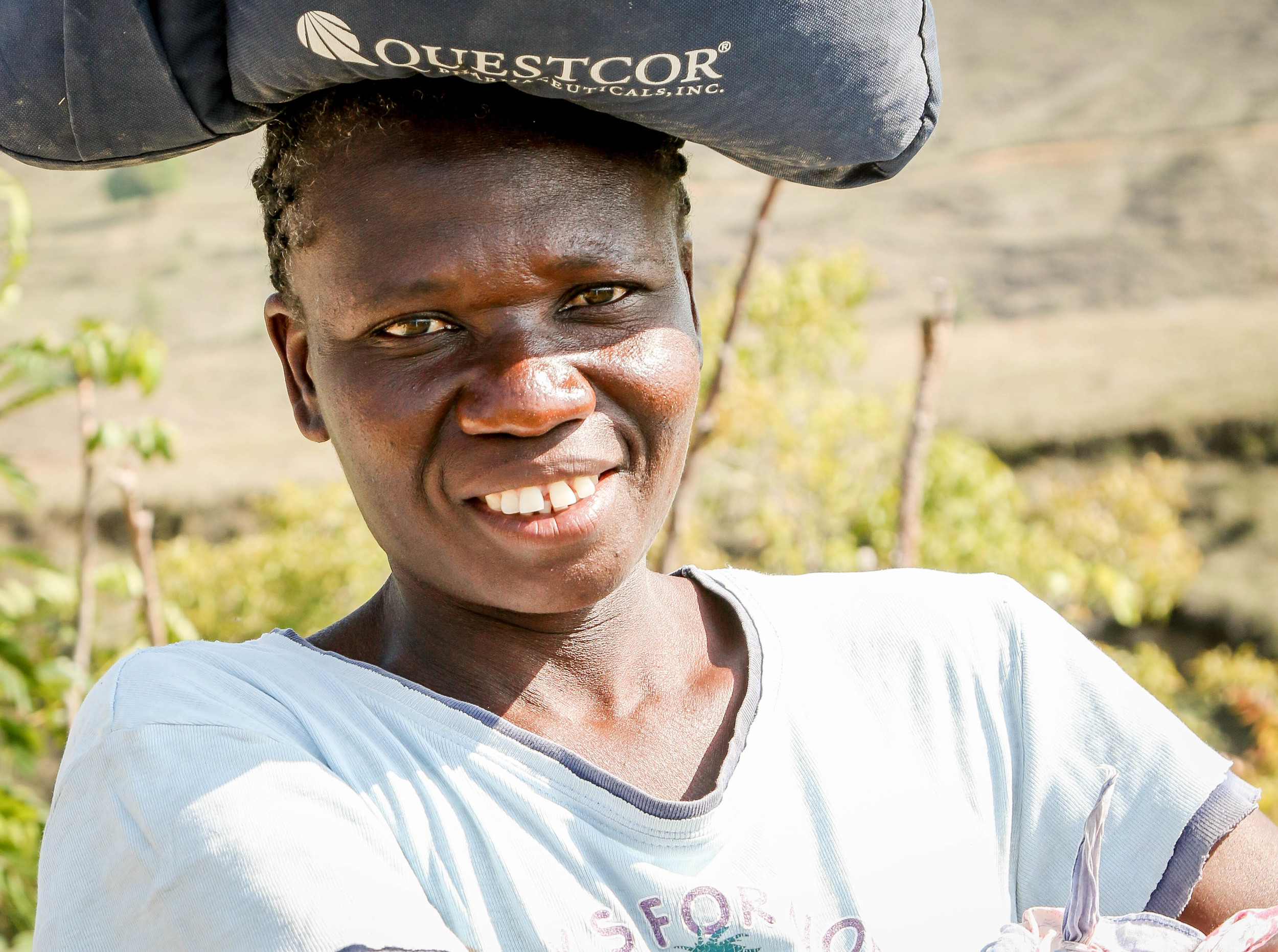

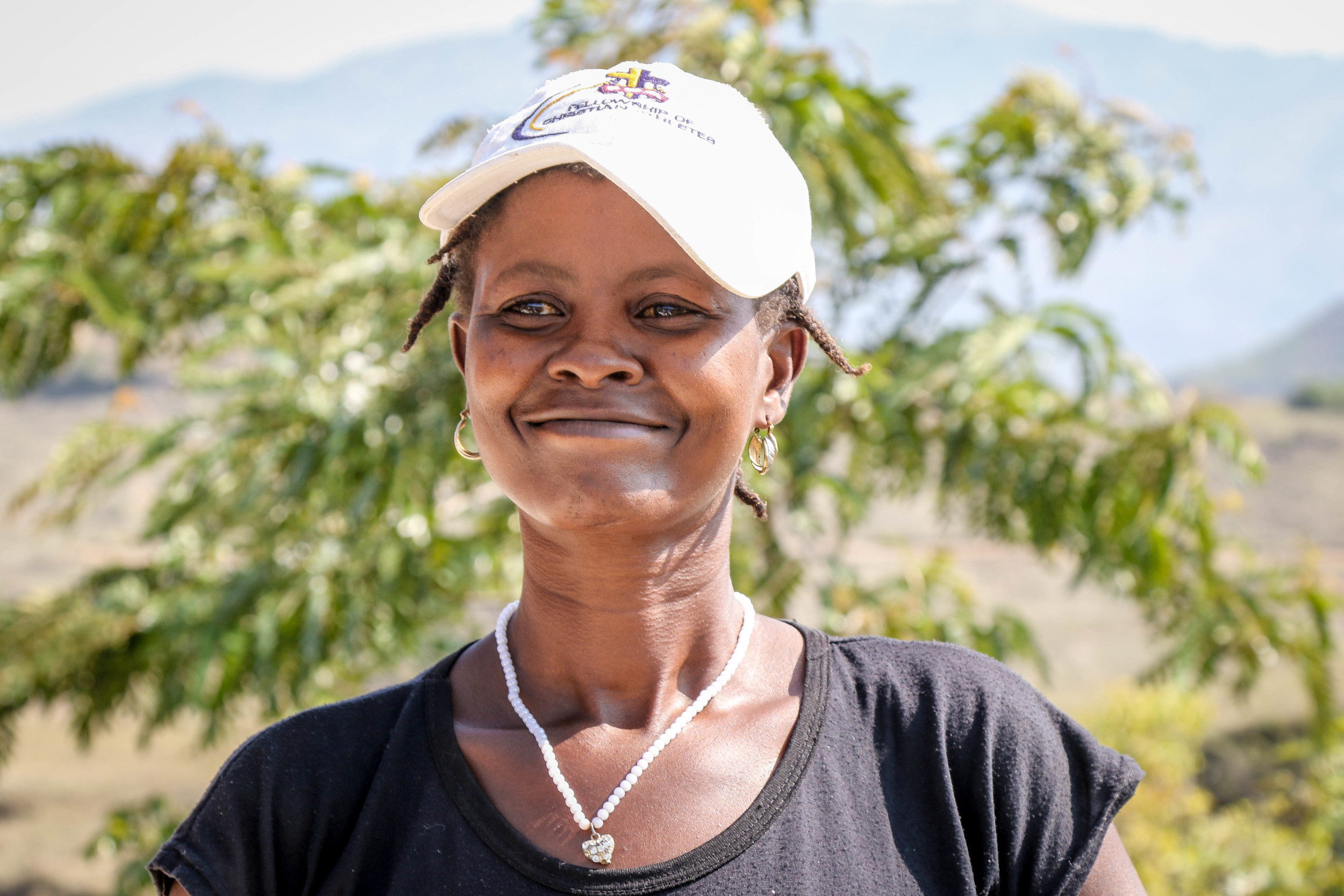
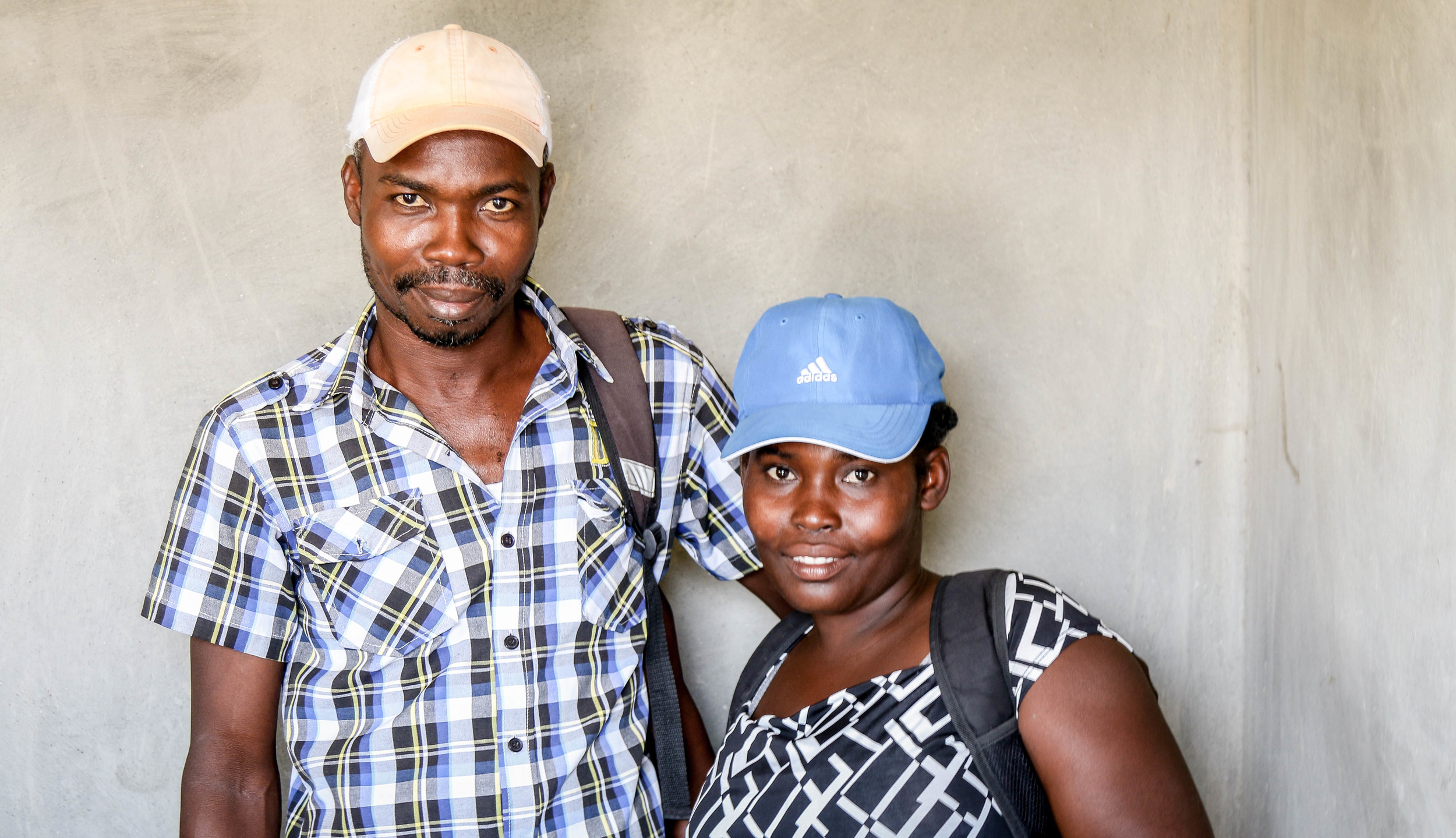
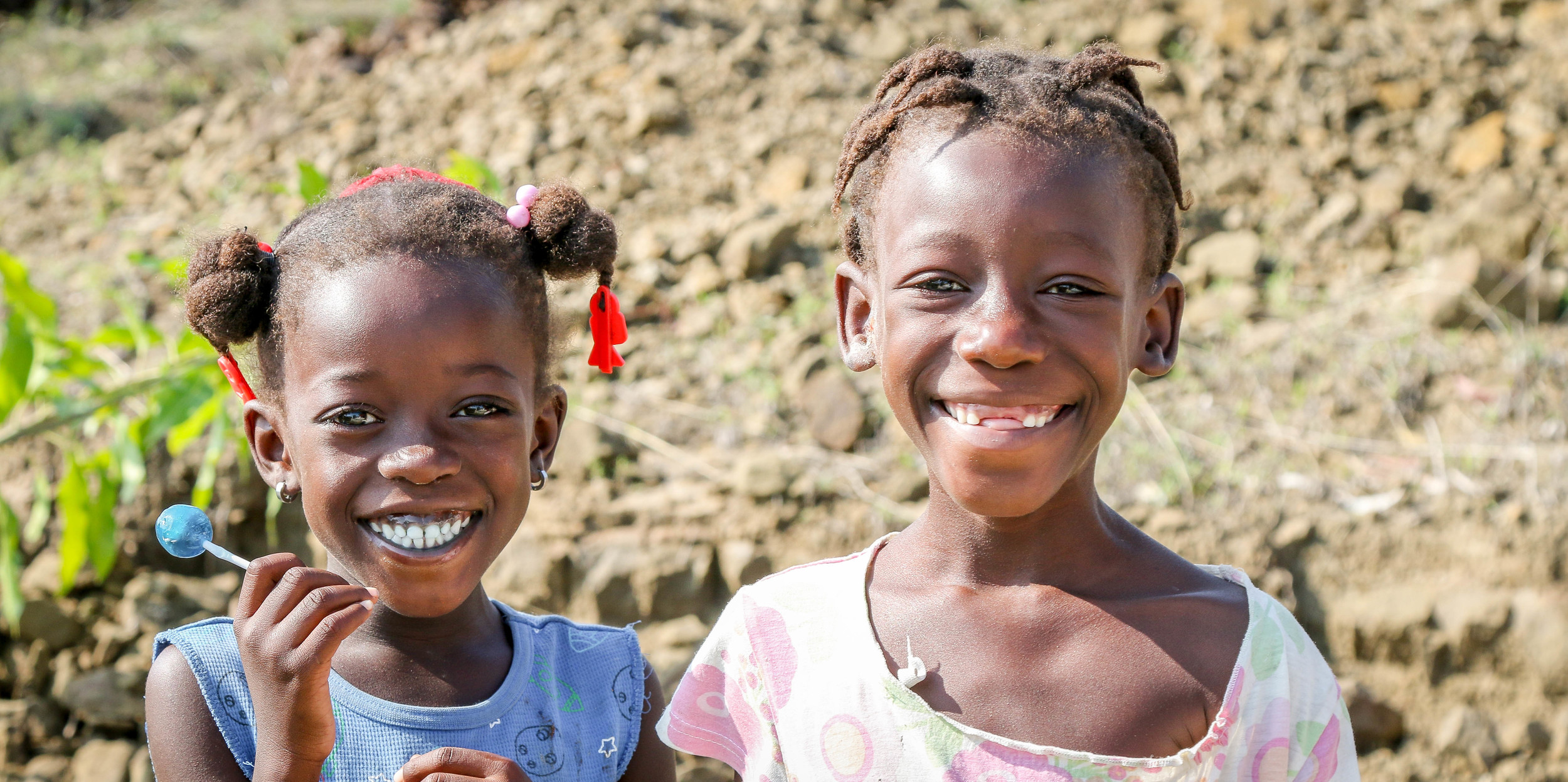
Haiti’s rural economy is built on small-holder agriculture; mostly poor farmers eking out a livelihood on small rocky plots of land. They are subsistence farmers, without access to basic infrastructure like roads and electricity, let alone modern agricultural tools like irrigation systems, tractors, or fertilizer. In this kind of a context, poor farming families are often left with a lose-lose choice when it comes to what to do with their seeds after harvest. They either risk losing their whole seed stock to pests and mold in a corner of their house, or, selling the whole crop when prices are at rock-bottom after harvest and then buying seeds back to plant at peak-price. Given the slim margins possible from this type of agriculture, buying back seeds is like a high interest loan that eats away at any possibility of saving for the future.
Nicolas Ivete, president of the Kabay farmers seed bank group
Our organization (Mennonite Central Committee) has been working with Kabay farmers to develop a community-owned seed bank: a safe dry place to store their seeds after the harvest. The group of farmers, led by their passionate young president, Nicolas Ivete (pictured above), records each farmer's deposit of seeds at harvest, safely stores the seeds, and then oversees seed distribution at planting time. This seed bank is inexpensive and simple, yet can be life changing. As Pierre Saint-Abel, a farmer and seed bank participant, explained, “I used to sleep with one ear open, always anxious that animals were eating my seeds...I knew that if they did, my children would go hungry next season because I would have nothing to plant.”
Last week the rains started, which meant it was time to plant. On Friday, I attended the Kabay seed bank's distribution. It was a time of hope as farmers and their children walked hours to collect their seeds, knowing that they would plant for another season.
Fleurimond Konsel, Kabay farmer and seed bank participant


